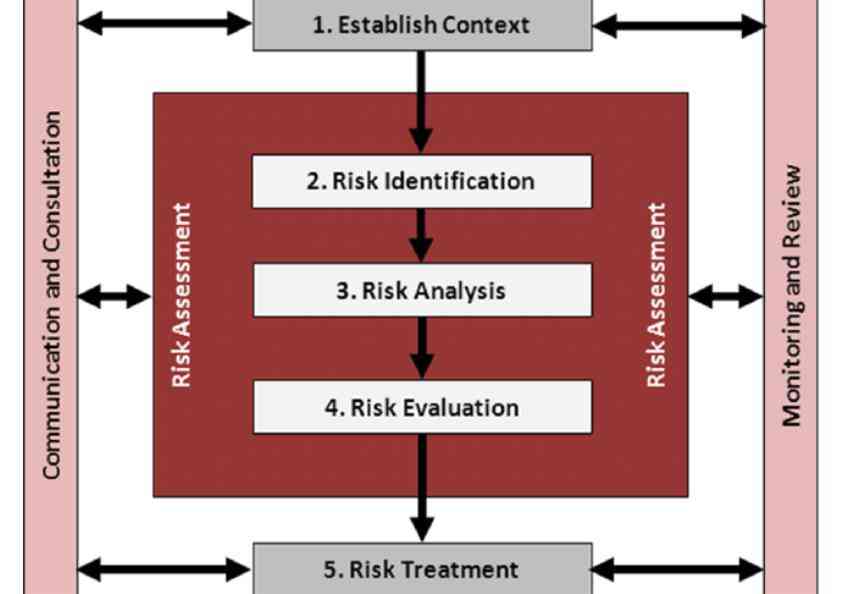|
STANDARD 20137
IULTCS
IUC 36
Second edition
2023-11
Leather — Chemical tests —
Guidelines for testing critical
chemicals in leather
Cuir — Essais chimiques — Lignes directrices pour les essais de
produits chimiques critiques sur le cuir
Reference numbers
ISO 20137:2023(E)
IULTCS/IUC 36:2023(E)
© ISO 2023
---------------------- Page: 1 ----------------------
ISO 20137:2023(E)
IULTCS/IUC 36:2023(E)
COPYRIGHT PROTECTED DOCUMENT
© ISO 2023
All rights reserved. Unless otherwise specified, or required in the context of its implementation, no part of this publication may
be reproduced or utilized otherwise in any form or by any means, electronic or mechanical, including photocopying, or posting on
the internet or an intranet, without prior written permission. Permission can be requested from either ISO at the address below
or ISO’s member body in the country of the requester.
ISO copyright office
CP 401 • Ch. de Blandonnet 8
CH-1214 Vernier, Geneva
Phone: +41 22 749 01 11
Email: [email protected]
Website: www.iso.org
Published in Switzerland
ii
© ISO 2023 – All rights reserved
---------------------- Page: 2 ----------------------
ISO 20137:2023(E)
IULTCS/IUC 36:2023(E)
Contents Page
Foreword .iv
Introduction .v
1 Scope . 1
2 Normative references . 1
3 Terms and definitions . 1
4 Chemical substances potentially found in leather . 1
4.1 Chemical test methods for substances used by the leather industry with no
current legal restrictions for leather . 1
4.2 Chemical test methods for substances previously used by the leather industry . 3
4.3 Chemical test methods for substances not conventionally or intentionally used by
the leather industry . 6
Annex A (informative) Substance lists . 8
Bibliography .13
iii
© ISO 2023 – All rights reserved
---------------------- Page: 3 ----------------------
ISO 20137:2023(E)
IULTCS/IUC 36:2023(E)
Foreword
ISO (the International Organization for Standardization) is a worldwide federation of national standards
bodies (ISO member bodies). The work of preparing International Standards is normally carried out
through ISO technical committees. Each member body interested in a subject for which a technical
committee has been established has the right to be represented on that committee. International
organizations, governmental and non-governmental, in liaison with ISO, also take part in the work.
ISO collaborates closely with the International Electrotechnical Commission (IEC) on all matters of
electrotechnical standardization.
The procedures used to develop this document and those intended for its further maintenance are
described in the ISO/IEC Directives, Part 1. In particular, the different approval criteria needed for the
different types of ISO document should be noted. This document was drafted in accordance with the
editorial rules of the ISO/IEC Directives, Part 2 (see www.iso.org/directives).
ISO draws attention to the possibility that the implementation of this document may involve the use
of (a) patent(s). ISO takes no position concerning the evidence, validity or applicability of any claimed
patent rights in re
...














